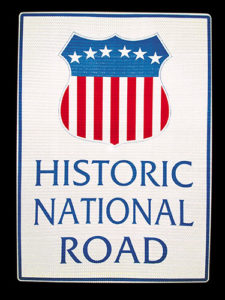 There are 90 miles of the National Road going through Pennsylvania and Tom and I have driven most of them. Along those 90 miles are some historic sites that we have enjoyed finding as well as sharing with people who visit. Today I thought I would share them with you.
There are 90 miles of the National Road going through Pennsylvania and Tom and I have driven most of them. Along those 90 miles are some historic sites that we have enjoyed finding as well as sharing with people who visit. Today I thought I would share them with you.
The most ubiquitous historic sites are the mile markers. When the National Road was first constructed in 1811-1818, stone mile markers were placed every five miles. The mile markers showed the distance from Cumberland Maryland to the mile marker and then (in Pennsylvania) the distance to Wheeling. These were large, heavy, and expensive. You can still see a few of them, but they are rare.
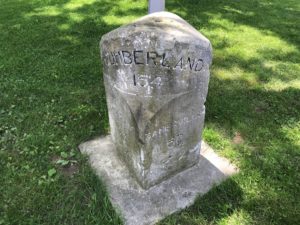 When the National Road was improved and turned over to the states around 1830, each state replaced the stone markers with cast iron markers. Over time these markers remain, although when they are damaged they are replaced by fiberglass markers. The cast iron markers were placed every mile, so they are much more common, and you can see them all along US 40 today.
When the National Road was improved and turned over to the states around 1830, each state replaced the stone markers with cast iron markers. Over time these markers remain, although when they are damaged they are replaced by fiberglass markers. The cast iron markers were placed every mile, so they are much more common, and you can see them all along US 40 today.
When the National Road was turned over to the states, the states operated toll houses that collected money for road upkeep. Two of these toll houses remain in Pennsylvania and are some of our favorite historic sites to take guests. The Addison toll house is about 14 miles to the east and the Searight toll house is 14 miles to the west. There were originally six toll houses in Pennsylvania, but only these two remain. Each one has a toll rate sign on it and a statue representative of the toll house in front of it.
Several historic buildings remain along the National Road. Besides Mount Washington Tavern, there are taverns every few miles still standing. Some of them are renovated into houses, museums or other businesses. A few of them are still taverns, such as the Stone House Inn and Restaurant.
Some of the bridges built along the National Road still remain standing. The Casselman Bridge is close to us and we have stopped by the S bridges in Brownsville, Pennsylvania and in New Concord, Ohio.
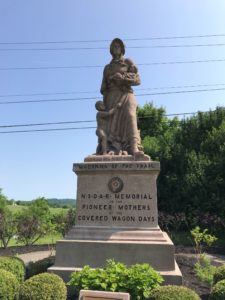 Finally, every state has a “Madonna of the Trail” statue somewhere along the length of the National Road. The one in Pennsylvania is in Scenery Hill. Although the statue is well maintained, there is no parking at the statue. Stopping to see it means parking on the side of the busy road at the top of a hill.
Finally, every state has a “Madonna of the Trail” statue somewhere along the length of the National Road. The one in Pennsylvania is in Scenery Hill. Although the statue is well maintained, there is no parking at the statue. Stopping to see it means parking on the side of the busy road at the top of a hill.
Although the Lincoln Highway and Route 66 are more famous, traveling along the National Road gives you plenty to see and think about. After all, it was the first road funded by the Federal government. Some say it is the “road that built a nation,” paving the way for pioneers heading west. If you would like to learn more about traveling along the National Road and seeing these historic sites, here are some links. National Road in Ohio, National Road in Pennsylvania, National Road in Maryland.


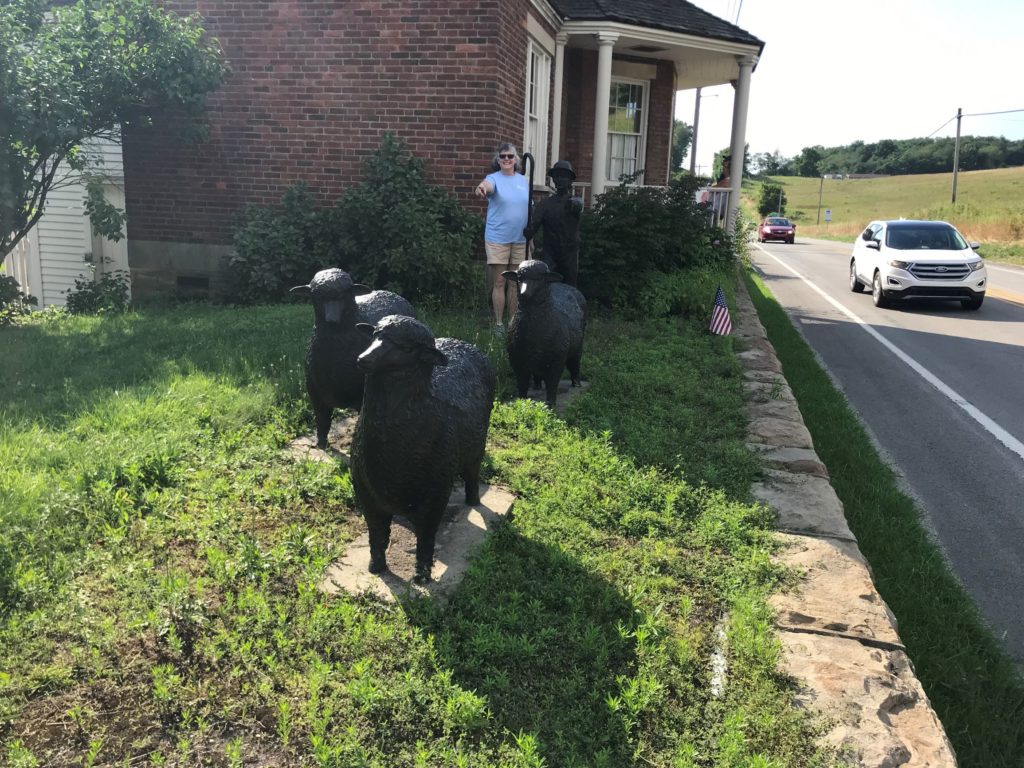
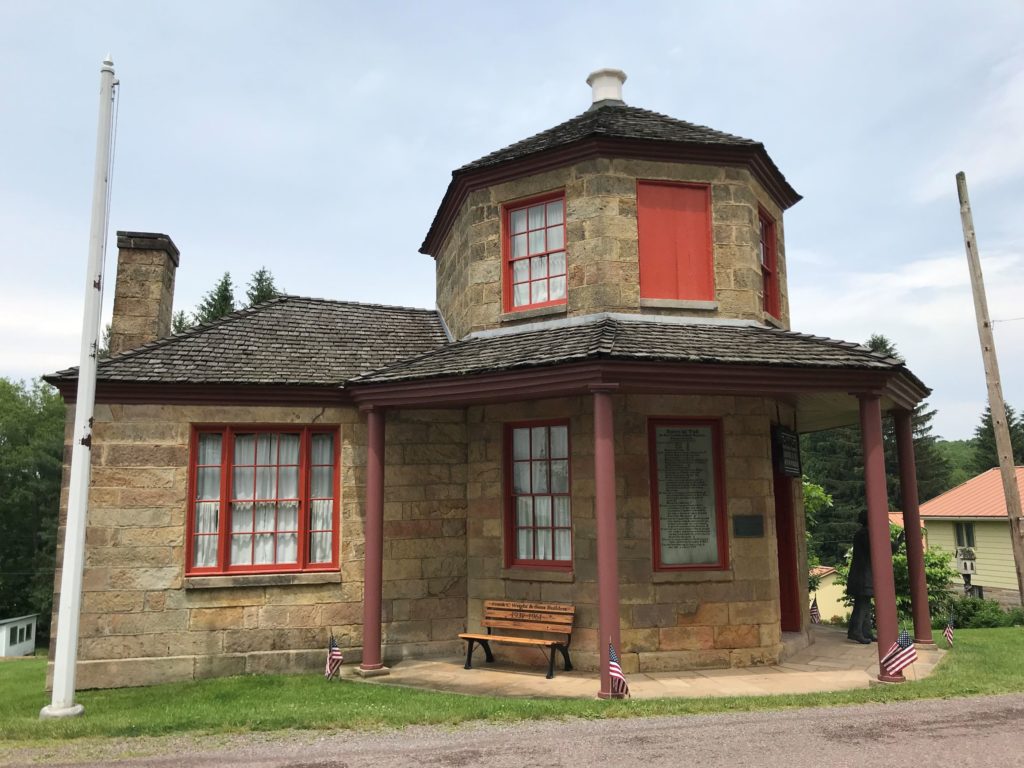
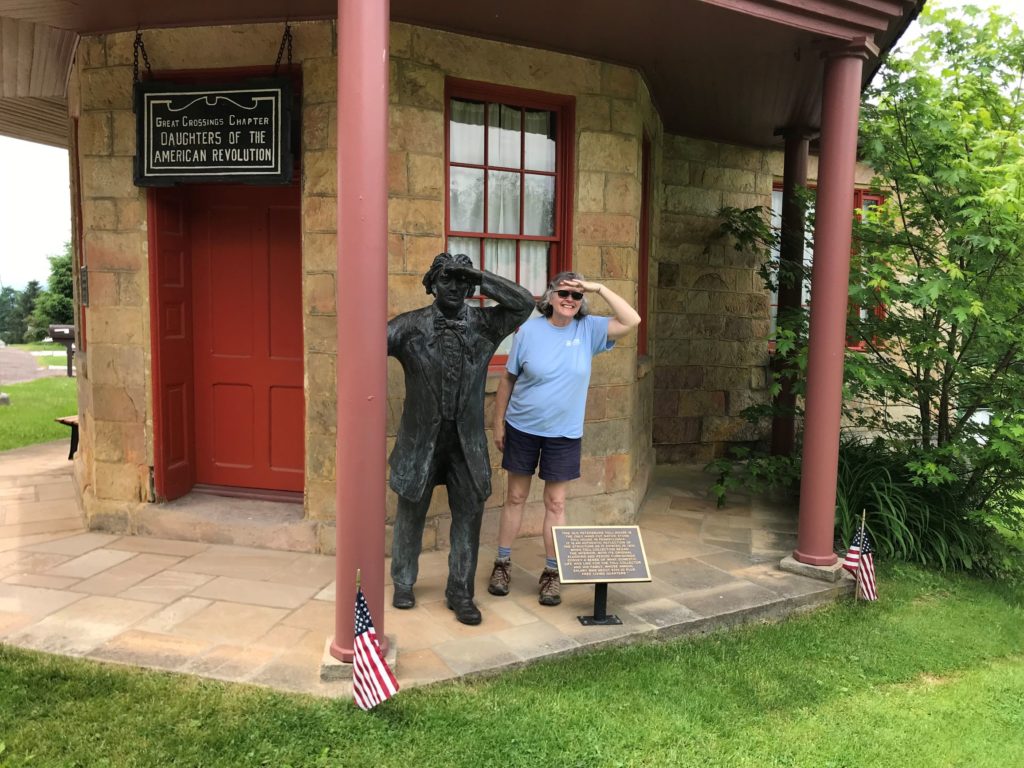
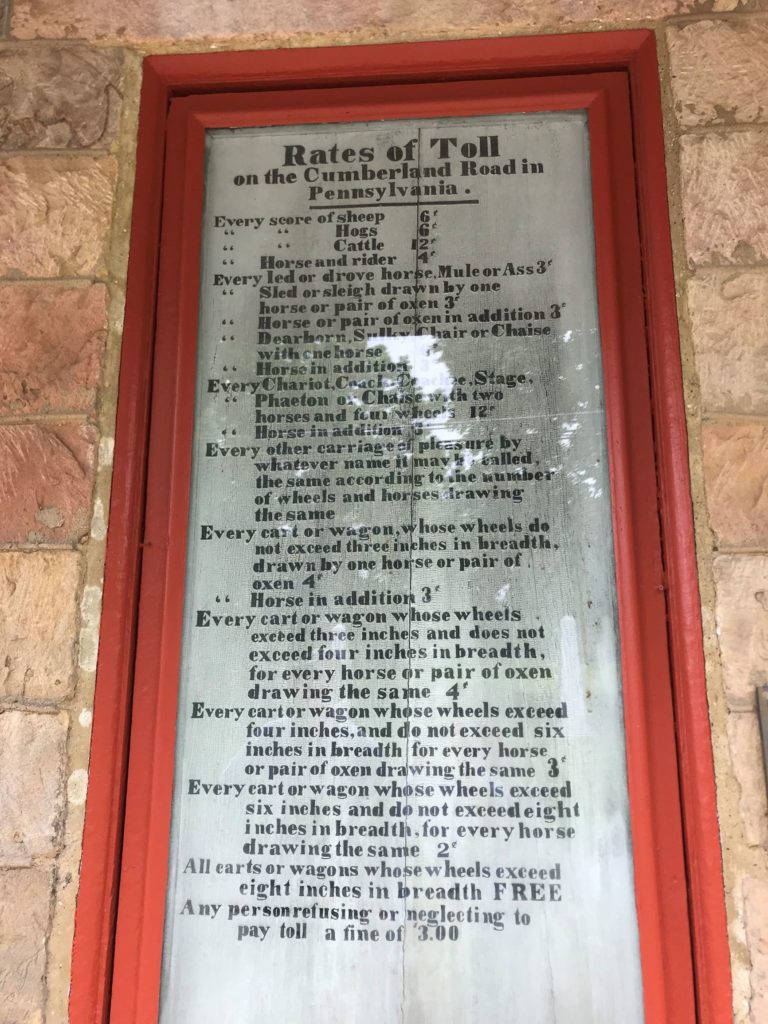
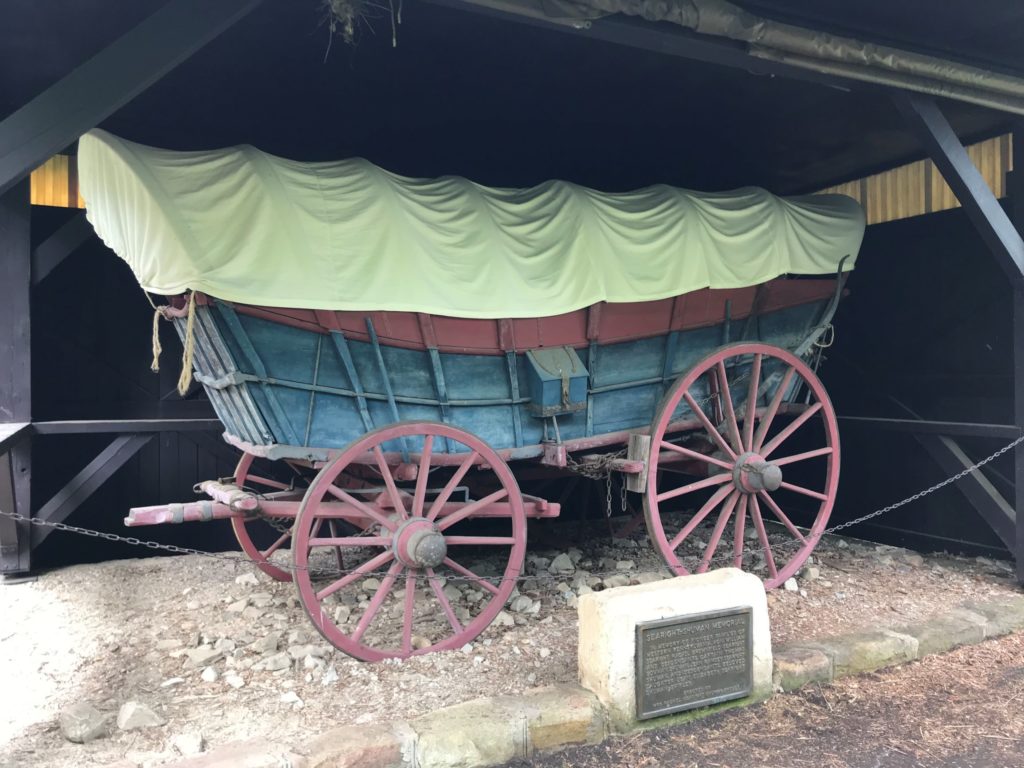
All those historic sites contributed to modern day as we know it…true treasures.
Very interesting to explore this area. I never even knew there was a National Road!
I know! I never heard of it until we started working here. In northern Ohio it is all about the Lincoln Highway!
The little one room Post Office building that stands along Rte 40 in Brier Hill PA near the war monument is a place I remember when I was young going to visit. Matter of fact, my dad’s cousin was Postmistress there for many years and my grandfather (dad’s dad) helped build that building!!!
Had to look up Brier Hill. Chalk Hill also has a tiny one room Post Office.
I’m sure there were lots of the little one room POs! Grateful to read about your travels!